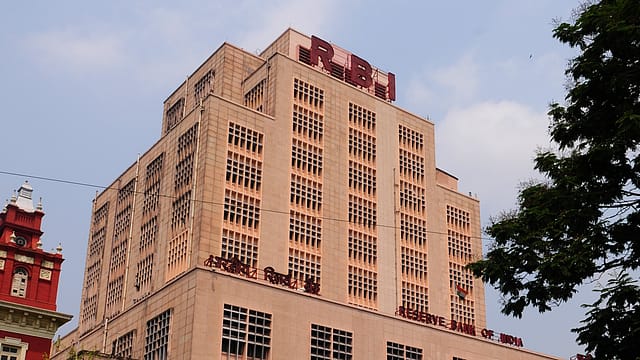Time has come to review objectives of monetary policy: RBI deputy governor
ADVERTISEMENT

Monetary policy on its own cannot influence the long-run growth of the economy, and at best it can create congenial conditions for other policies to influence the growth rate, according to Reserve Bank of India (RBI) deputy governor Michael Patra.
The RBI deputy governor said that the time has come to review the objectives of monetary policy. "Today, inflation is at levels not seen in four decades, impervious to aggressive and front-loaded monetary policy tightening across the world. The existential question being asked is whether the world is permanently shifting from a low inflation environment to a high inflation one," Patra said at the 9th SBI Banking and Economics Conclave in Mumbai.
Monetary policy can only hope to address future inflation, not today's inflation, according to Patra. "Monetary policy is by its nature a technical area of economic policy making. It is suffused with substantial inherent uncertainty. This uncertainty is created primarily by the need for policy makers to guess the future. Monetary policy has to be forward-looking because of the lags with which a policy rates change get transmitted across the markets and eventually gets reflected in lending rates, mortgage rates and yields," he stated.
These comments come days after India's retail inflation fell to a three-month low of 6.77% in October, but remained above the Reserve Bank of India's upper tolerance band of 6% for the 10th consecutive month. A host of multinational institutions have downgraded India's GDP forecast citing macroeconomic challenges. Earlier this week, Goldman Sachs cut India's growth projection to 5.9% in calendar year 2023 due to slowing consumer demand and high interest rates.
January 2026
Netflix, which has been in India for a decade, has successfully struck a balance between high-class premium content and pricing that attracts a range of customers. Find out how the U.S. streaming giant evolved in India, plus an exclusive interview with CEO Ted Sarandos. Also read about the Best Investments for 2026, and how rising growth and easing inflation will come in handy for finance minister Nirmala Sitharaman as she prepares Budget 2026.
Across the world, monetary policy authorities are engaged in the most aggressive and synchronised tightening in decades, Patra said, adding that a widespread fear is that the forceful monetary policy tightening will precipitate a hard landing, i.e., a recession, or several of them.
"Monetary policy has been termed as an art, a science and a craft. Yet, at its core, it is all about informed human judgment constrained by high uncertainty, which cannot be replaced by mechanistic models or rules," said Patra.
Much of what goes into the monetary policy decision evolves from the deliberations that monetary policy makers have with each other, with the public and from feedback, he added.
Meanwhile, the banking regulator is likely to hike the repo rate by 50 basis points in mid-December, with a significantly lower probability of a 75-basis-point hike, according to SBI Research. Goldman Sachs too expects the RBI to hike the key policy rate by 50 basis points in the December meeting.
